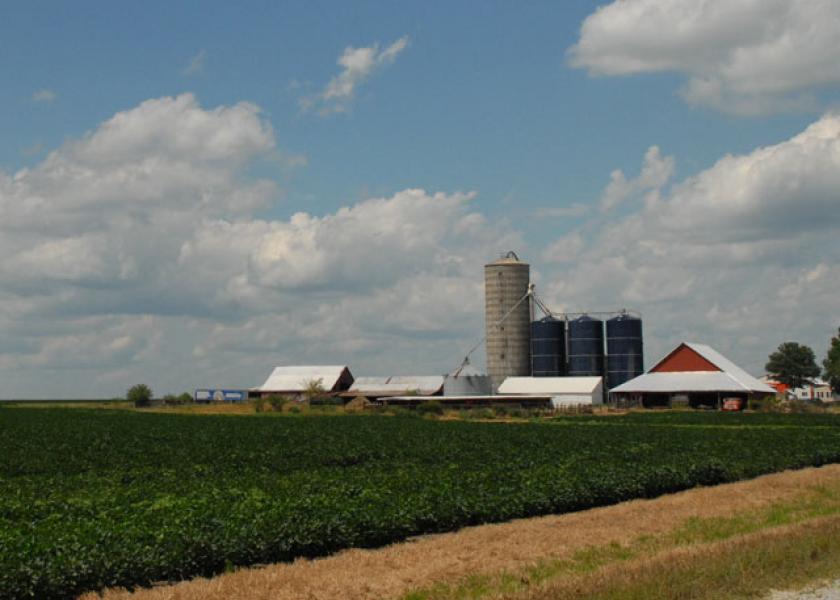How to Create a Short-Term Operating Plan for Your Farm

You wear many hats and keep many farming balls in the air throughout the year. What happens if you or one of the key decision makers is away from the farm for a few weeks or months? Will everyone know exactly what to do when?
“Locating key information is stressful and time consuming,” says Mary Sobba, University of Missouri Extension field specialist. “A short-term operating plan gives family members and employees the information they need to run the farm if the primary operator becomes ill or injured.”
Simply, a short-term operating plan captures useful contacts, farm data and timelines. Sobba encourages farmers to gather details for these categories:
- General information such as bank accounts, farm advisors, input providers, employee data and insurance policies.
- Land information such as leases, easements, water rights and planned projects.
- Crop and livestock information such as vendors, grain storage capacity, vaccination schedule and contracts.
- Equipment information such as a machinery inventory, payment due dates, mechanic contact information and warranties.
“The plan will need to be updated periodically to remain relevant and useful,” Sobba says. “Although the plan may seem a bit cumbersome, it is similar to insurance in it requires an investment with the hope it is not needed. However, when an unexpected situation arises, this plan could be helpful for family members.”
Download a short-term operating plan template from the University of Missouri.







